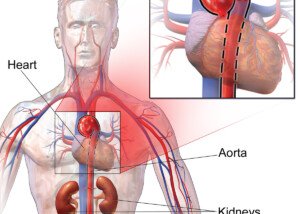Why Do Incline Barbell Presses Cause the Urge to Pee?
Have you noticed that after doing a hard set of incline barbell presses, you feel the urge to pee, even though you recently relieved yourself?
Coronary Artery Disease in Physically Fit Middle Age People
How could it be possible for a physically fit person in middle age to have significant coronary artery disease: dangerous blockages in their heart’s arteries?
Can a TAA About to Rupture Cause Transient Symptoms First?
Can chest pain, sweating and other symptoms signal that you have a thoracic aortic aneurysm that’s going to rupture soon?
15 Signs of Autism in Those Who Don’t Feel Disabled
Here are 15 signs you could be autistic even if you’re 100% self-sufficient and don’t need help living independently.
Autistic Planet: 12 Signs You Could Be Neurotypical
Here are 12 signs of the neurotypical spectrum disorder which affects a small percentage of people on the mostly autistic planet.
Can a Bad Diet Make Coronary Bypass Grafts Wear Out Faster?
Have you had coronary bypass surgery and are now wondering if you can get away with eating junk food or if this will wear out your new grafts faster?
Why Would Thin People Need Coronary Bypass Surgery?

“Thin people can be unhealthy” is a mantra by some influencers in the body positivity movement.
But it’s true: Thin people do get heart bypass surgery. (more…)

















































































